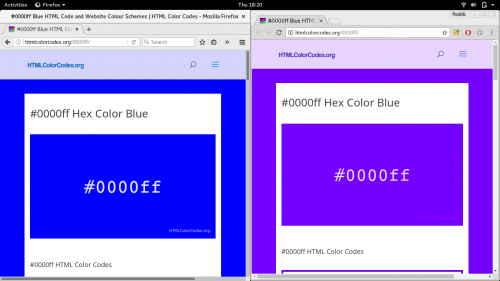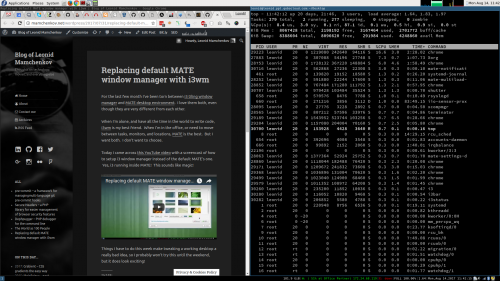 Fedora 27, the latest and greatest version, has been released. As always, a lot of work went into putting it all together. But for personally, the new releases has stopped being exciting a long time ago. My desktop needs have been satisfied for years. All I need is MATE Desktop Environment (with i3 window manager), a browser, terminal emulator and Vim. That’s pretty much it. And it has been there forever.
Fedora 27, the latest and greatest version, has been released. As always, a lot of work went into putting it all together. But for personally, the new releases has stopped being exciting a long time ago. My desktop needs have been satisfied for years. All I need is MATE Desktop Environment (with i3 window manager), a browser, terminal emulator and Vim. That’s pretty much it. And it has been there forever.
So, is there anything interesting in this new version at all? Release Notes are rather thin, but let’s have a look.
- New and improved Gnome 3.26. I know a lot of people who use Gnome, so that’s probably exciting.
- New LibreOffice 5.4. Personally, I don’t know anyone who is using LibreOffice. Google Docs is doing a pretty good job these days.
- Security section looks like the largest area of changes.
- Web Development section mentions Node.js 8.
If you want even more details on what has been done, why and how, have a look at the Fedora 27 changes page.
To me it looks like there is some internal restructuring and reorganization going on, with release process changes (no more Alpha releases), a lot of effort on modularity, and so on.
Hopefully, the next one will be a bit more exciting.

